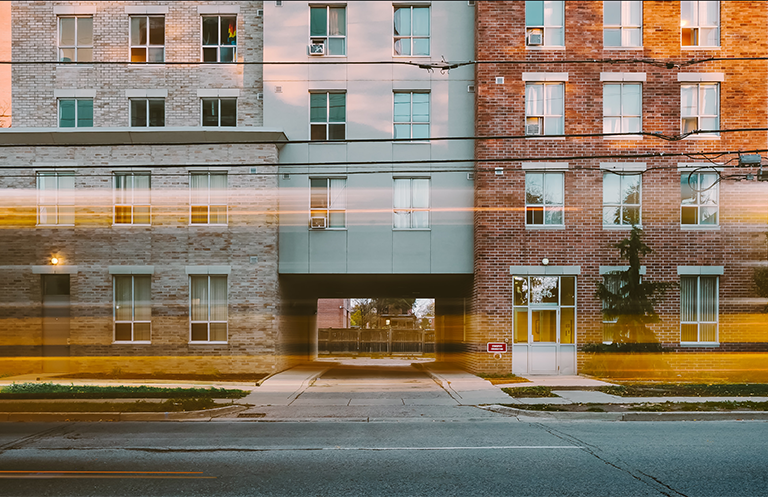Month: January 2020
The Fall and Rise of Energy Conservation Codes

Energy conservation codes are making a comeback.
Commercial and residential buildings are energy hogs that consume more than 40% of all energy produced in the United States. Almost a third of this is wasted. Since their inception in the 1970s, energy codes have stemmed these losses and reduced the footprint of America’s building stock. They are one of the few tools available to ensure that the spaces where we spend most of our time are constructed to minimum acceptable standards for comfort, cost, and quality. Although mostly unknown outside of the building industry, these codes matter; a lot.
After two decades with only small gains, in the early 2000s the newest model energy codes—those regularly developed by organizations like the International Code Council (ICC) and ASHRAE as examples for policymakers—began to significantly improve in efficiency with each version. A home built to the 2012 residential code developed by the ICC, for instance, is 32% more efficient than a home built to the standard from just six years earlier. These gains may seem abstract, but they mean that a homeowner will pocket anywhere from $218 to $1,588 each year, saving between $4,763 and $33,105 over the life of a typical mortgage.
In recent years, however, this progress has stalled again. Since the peak in 2012 new model codes have only been marginally more efficient than their predecessors. The 2018 and 2015 versions of the residential energy code developed by the ICC combined are less than 3% more efficient than the 2012 edition. Meeting the 2018 code will only save $20 to $59 each year—ten times less than the savings that accrued in the previous six-year cycle. Although there were still plenty of improvements to be made, by 2018 it looked as if model energy codes might relapse to the stagnation of the 1980s and 1990s, when efficiency gains were few and far between.
This decline was reversed in December 2019 after International Code Council voters supported strong energy efficiency standards for the 2021 code. These voters, who are local government representatives, approved new requirements that include pathways to zero energy, preparations for building electrification, more efficient insulation, home charging infrastructure for electric vehicles, more stringent lighting requirements, and first-of-their-kind standards for water heaters. The new code also provides builders with more flexibility than ever before by allowing them to choose from a series of efficiency configurations to demonstrate compliance. These and other measures will make new buildings more efficient than ever before. Even more significant, they have given new life to a code development process where only minimum improvements in efficiency were becoming the rule.
This is not the end of the story, however. In order to fully realize the new opportunities made available by the 2021 code, state and local policymakers must write these standards into law. This will take the partnership of utilities, manufacturers, retailers, builders, and residents to collectively support cutting-edge energy codes that will reduce the energy footprint of America’s buildings, lower costs, and elevate quality.
Questions? Contact William Bryan, built environment project manager

